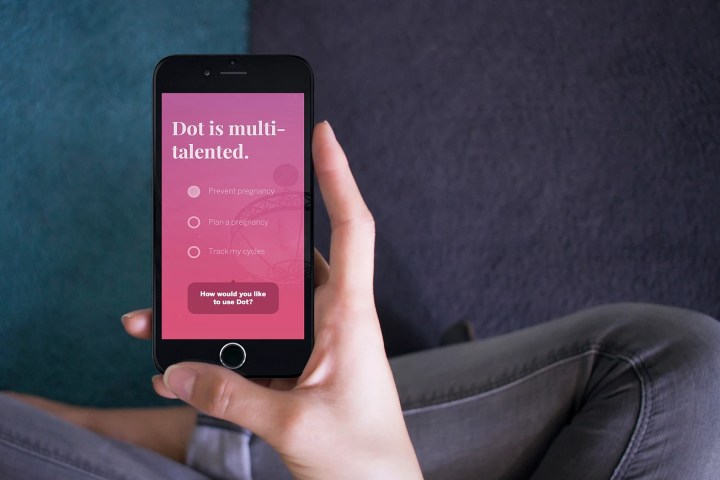
Cycle Technologies, the company responsible for fertility and menstrual tracker Dot, has shared some research comparing the users of the competing operating systems. When users open Dot for the first time, they’re asked whether they want to use the app to facilitate pregnancy, prevent it, or simply track their periods. It’s presumably through this interface that Dot has compiled figures of what iPhone and Android users each want from the app, though Cycle Technologies doesn’t elaborate on the specific methodology.
According to Dot, 35 percent of users on iPhone use Dot to prevent pregnancy, compared to 29 percent of their Android counterparts. Meanwhile, 25 percent of those on
In short, at least among users of this app, more Android users are apparently interested in having kids, while more iPhone users are steering clear of parenthood. While there are surely an abundance of theories that might explain the data, Cycle Technologies points to education as a major factor. The company’s press release cites a study that claims iPhone use correlates with higher levels of education, and paired that with another study illustrating that those seeking higher education end up marrying later, and delaying childbirth longer, than those with only a high school diploma, or no diploma at all.
Indeed, the Center for Disease Control reported in 2015 that the average age of the American woman having her first child rose to 26 in 2013, a record high at the time. Meanwhile, birth rates to women over 35 have increased over the past two decades, per Business Insider. The consensus is that as more women opt to attend college and ultimately embark on a career path, they put off starting families until their late twenties and thirties.
However, income disparity may play a role, too. If iPhone users can afford higher education, or higher education has provided them with a better paying job than they’d otherwise have, those users can also afford to shell out more for a smartphone — and Apple’s devices are some of the most expensive on the market.
The cheapest iPhone Apple will sell you at the moment is the iPhone SE, at $400. When it comes to Android, on the other hand, some, like the Google Pixel and Samsung Galaxy S8, equal the most expensive iPhones in cost, while others, like Lenovo’s just-released Moto E4, can be had for as little as $100. And that’s just if you want a newly released phone — you can find older models for less than half that.
Ultimately, Cycle’s findings will surely add fuel to the iPhone vs. Android conversation — though it’s important not to overlook correlating external factors like economic status and age. After all, the kinds of phones people choose are often dependent on much bigger issues than simply the logo on the back.
Editors' Recommendations
- Apple is planning something big for the iPhone 16 Pro Max camera
- Apple has just fixed one of the weirder iPhone bugs
- Apple may release a completely new type of iPhone in 2025
- Google has a magical new way for you to control your Android phone
- The iPhone 16 Pro Max could set a new record for the iPhone

